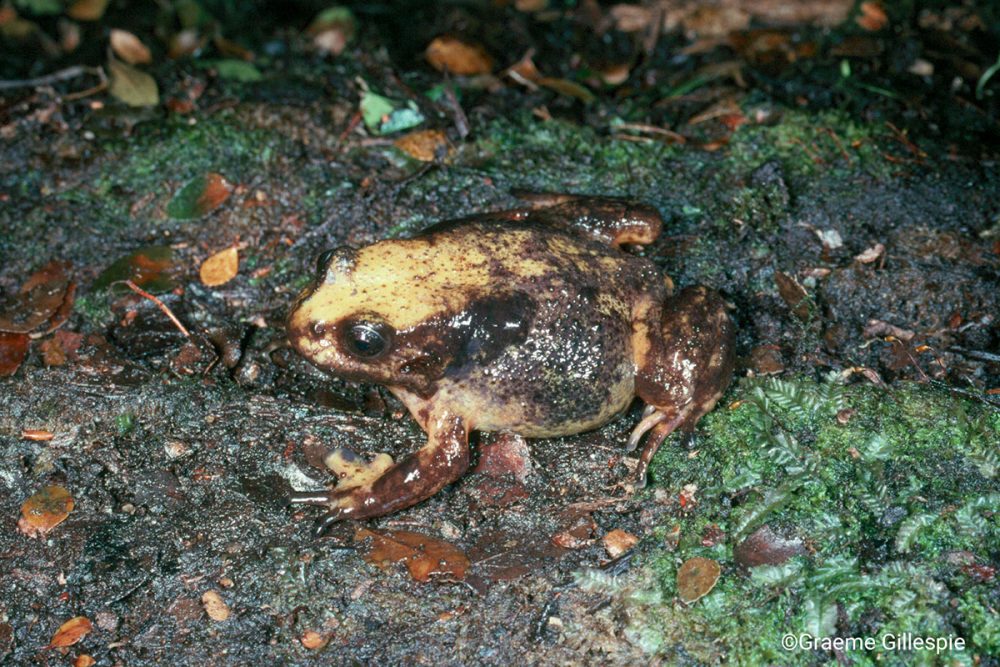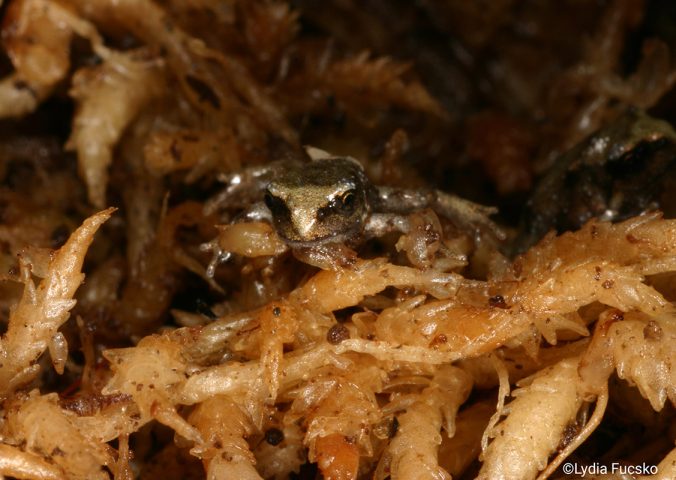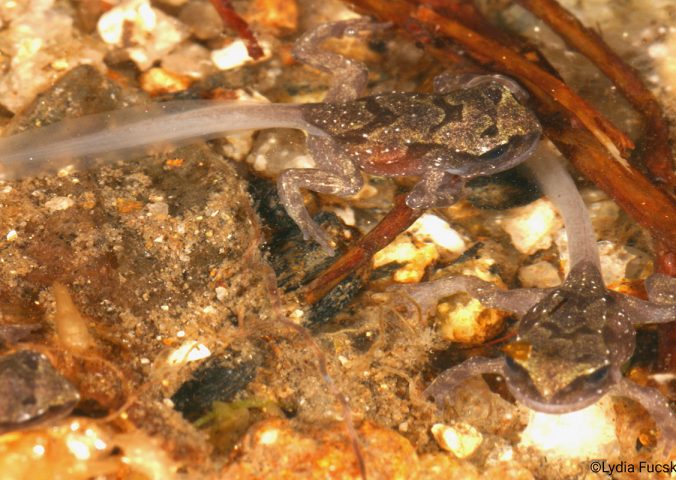About
In 1985 the adult male population of Baw Baw frogs was estimated to be over ten thousand individuals.
Currently however, the total population is estimated to be less than 250 adult individuals, with no subpopulation greater than 50 individuals. The cause of this 80% decline in the past three generations is enigmatic, although possibilities include climate change and diseases, such as the Chytrid fungus. Females possess specially modified fingers, which they use to whip the mucous that surrounds their eggs into a protective foam nest, which can protect clutches of 50-185 eggs. Under natural conditions the embryonic period varies from 5-8 weeks, with non-feeding tadpoles hatching with a residual yolk mass that maintains them through to metamorphosis. Adult frogs remain inactive during the cold months before the breeding season, sheltering in refuges. The species’ habitat is protected within Baw Baw National Park, which covers an area of approximately 80 km sq. of the Baw Baw Plateau. The Baw Baw frog is listed as endangered in Australian legislation, and research and monitoring are currently in place for this species.
- Order: Anura
- Family: Limnodynastidae
- Population: <250
- Trend: decreasing
- Size: 44.5-51.6mm
EDGE Score
Distribution
This species is restricted to the Baw Baw Plateau, 120km east of Melbourne, Australia.
Habitat and Ecology
The Baw Baw frog within sub-alpine wet heathland and in gullies within montane vegetation. The breeding areas are natural cavities within vegetation, logs and soil. The breeding season is between September to December and egg laying is confined just 2-3 weeks during this period. The frogs consume a variety of invertebrates, including a high percentage of earthworms.




